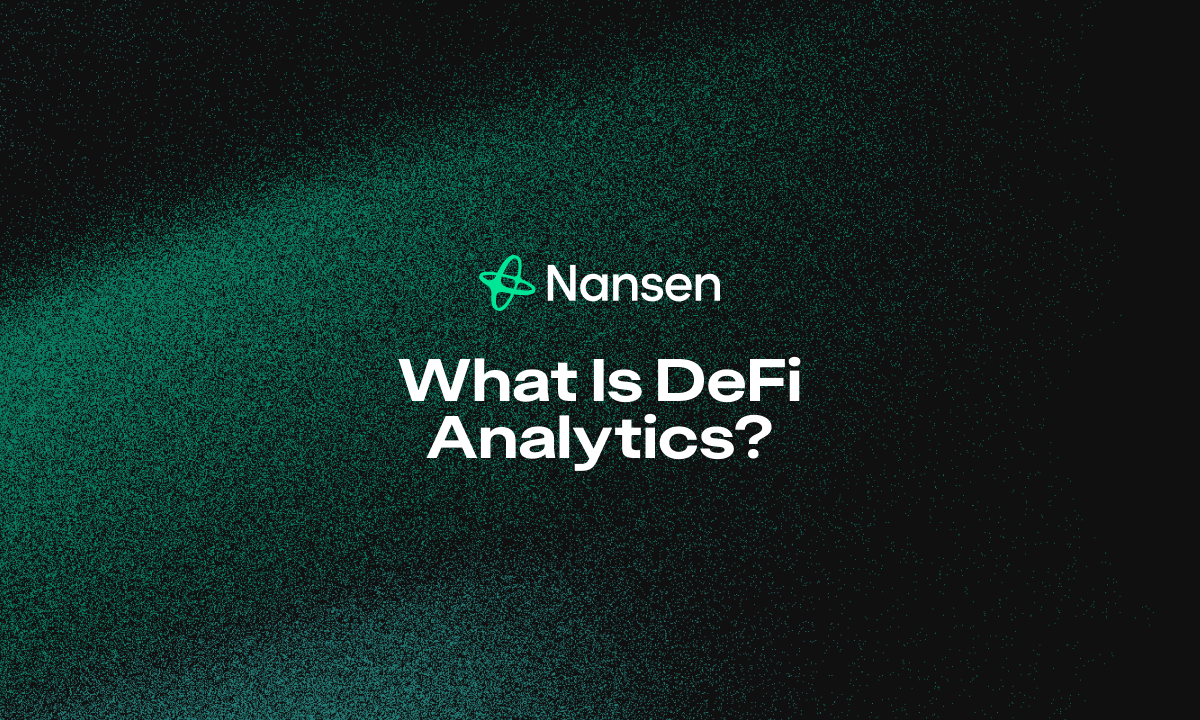DeFi analytics refers to the process of collecting, analyzing, and interpreting data from decentralized finance protocols to make informed investment decisions. Unlike traditional finance with its quarterly reports and regulated disclosures, DeFi operates on blockchain technology where every transaction is recorded publicly — creating a gold mine of real-time data for investors who know how to use it.
Key benefit: DeFi analytics transforms raw blockchain data into actionable insights that help you identify opportunities, minimize risks, and optimize your crypto strategy.
Essential DeFi Metrics You Should Monitor
When exploring DeFi data analysis, certain metrics stand out as particularly valuable:
Total Value Locked (TVL)
This represents the combined value of assets deposited in a DeFi protocol. Think of TVL as the DeFi equivalent of Assets Under Management (AUM).
- High TVL generally indicates strong user confidence
- Sudden TVL drops may signal underlying problems
- Compare TVL across similar protocols for relative strength
User Activity Metrics
These measure how actively people are using a protocol:
- Daily/monthly active users
- Transaction volume and frequency
- New vs. returning users
Liquidity Pools Analysis
For protocols involving liquidity pools (collections of funds locked in smart contracts):
- Pool depth (amount of assets available)
- Impermanent loss risk
- Fee generation rate
Annual Percentage Yield (APY)The expected yearly return from providing liquidity or staking:
- Compare real vs. advertised APY
- Historical APY stability
- APY sustainability indicators
Protocol Revenue
How much money the protocol itself generates:
- Fee structures
- Revenue distribution to token holders
- Growth trends over time
Top DeFi Analytics Tools Worth Exploring
The right tools make DeFi data analysis accessible even if you're not a data scientist. Here are some standout DeFi dashboards and platforms:
DefiLlama
- Comprehensive TVL tracking across chains
- Protocol comparison features
- Free access to core metrics
Dune Analytics
- Customizable dashboards
- Community-created queries
- Deep dives into specific protocols
Token Terminal
- Focus on fundamental metrics
- Revenue and P/E ratio tracking
- Business model analysis
Nansen
- Wallet-level analysis
- Smart money tracking
- Token flows visualization
How DeFi Analytics Improves Your Investment Strategy
DeFi analytics tools transform how you approach crypto investing in several ways:
Better Risk Assessment in DeFi
By monitoring metrics like code audit status, insurance coverage, and historical security incidents, you can gauge a protocol's safety before committing funds.
Example: During the 2022 market downturn, analytics platforms highlighted warning signs in several lending protocols weeks before their collapse, allowing alert investors to exit positions.
Yield Farming AnalyticsInstead of chasing the highest advertised APYs (which often diminish quickly), proper analysis helps identify sustainable yield opportunities.
Smart insight: Look for yield farming opportunities with consistent returns over 30+ days rather than newly launched pools with unsustainably high APYs.
Market Volatility Analysis
DeFi analytics helps identify correlation patterns between assets and market conditions, enabling better timing for entries and exits.
Portfolio Tracking OptimizationAdvanced DeFi dashboards allow you to monitor your positions across multiple protocols and chains in one place, highlighting underperforming investments.
Getting Started with DeFi Analytics
If you're new to DeFi data analysis, here's a simple approach to begin:
- Start with user-friendly dashboards like DefiLlama for broad market overview
- Focus initially on TVL, user growth, and basic protocol metrics
- Set up alerts for significant changes in your invested protocols
- Gradually incorporate more complex analytics as your understanding grows
- Follow projects on social media to correlate announcements with metric changes
Pro tip: Allocate at least 30 minutes weekly to review your DeFi investments through an analytics lens rather than price action alone.
Common Questions About DeFi Analytics
How do DeFi analytics platforms help investors?
They transform complex blockchain data into readable metrics that reveal protocol health, investment opportunities, and potential risks before they become obvious through price action.
What metrics are most important in DeFi analytics?
TVL, user growth, revenue generation, and liquidity depth typically provide the clearest picture of a protocol's health and potential.
How do I track yield farming performance?
Use specialized yield farming analytics tools like Nansen Portfolio or Zapper to monitor impermanent loss, real APY, and fee generation across your positions.
Why does TVL matter in DeFi?
TVL indicates user confidence and provides capital security — higher TVL generally means more liquidity and stability for the protocol.
Remember that while DeFi analytics provides powerful insights, it represents just one component of a comprehensive investment strategy. Combine these data-driven approaches with fundamental analysis of team quality, technological innovation, and broader market trends for the most robust results.




